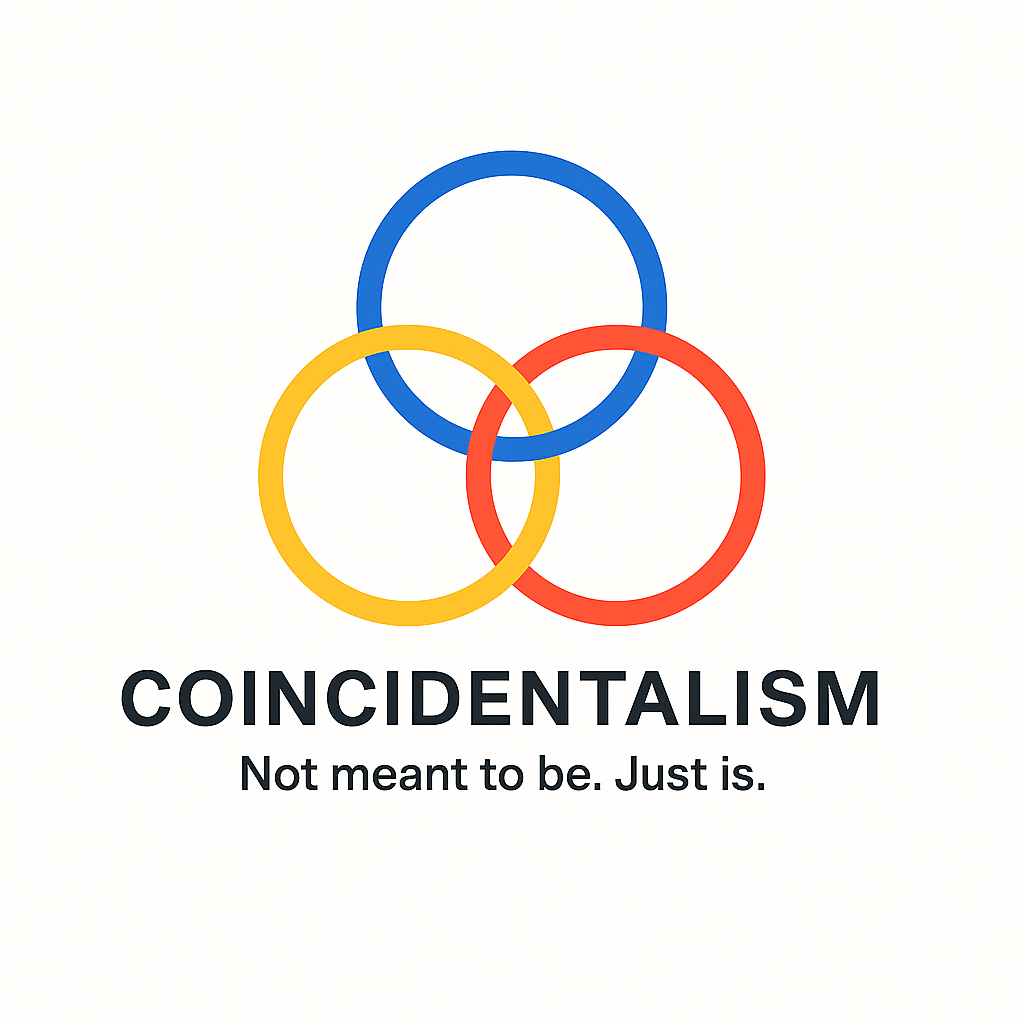Several companies have recently begun taking deliberate steps to slash the number of meetings they force their employees to attend.
Huzzah!
Shopify made superfluous meetings enemy number one, and the purge worked. Since canceling recurring group meetings, banning most meetings on Wednesdays, and requiring all meetings with 50 or more people to happen in a six-hour window on Thursday, Shopify deleted 12,000 events from calendars and freed up 95,000 hours for their workers.
As a shareholder of and consultant for Shopify, this pleases me enormously.
Meeting bloat has gotten bad:
According to Microsoft’s data on the usage of Teams, the number of meetings attended by the average user more than doubled from February 2020 to February 2022, and the time spent in those meetings tripled.
Meetings are like a virus. They will grow uncontrollably and do great damage if not stamped out whenever possible.
Here are my rules for meetings:
- If the meeting starts late, you failed.
- If the meeting does not end early, you failed.
- If you say anything that could have been effectively conveyed in an email, you failed.
- If you were not entertaining, you failed.
I find it astounding that someone might stand in front of a group of people and not try to entertain them.
I find it equally surprising that someone might stand in front of a group of people and assume engagement, attention, interest, and investment without doing something to guarantee these things.
People never want to listen to you unless you give them a reason to listen. When you internalize this truth, you will begin finding ways to ensure their engagement, attention, interest, and investment by being entertaining.
Please note that entertainment comes in many forms. You can:
- Make people laugh
- Upend expectations
- Surprise your audience
- Create suspense
- Introduce a novel format
- Offer surprisingly useful or compelling information
- Tell a story
- Underpromise but overdeliver
- Present well-designed visuals
- Provide exceptionally useful materials
- Feed your audience
You can also dramatically increase your potential for entertainment by eliminating everything that makes a meeting awful, repetitive, infantilizing, and boring, including:
-
- Outlining norms and expectations
- Ice breakers
- Reading from your slides
- Poorly designed slides
- Assigned seating
To determine if your meeting has value, count the number of people attending your meeting. Multiply that number by the length of the meeting. This number is critical to determining if your meeting was worthy of existing.
For example, if 40 people are attending your hour-long meeting, you just spent 40 hours of labor – the average work week of a single full-time employee – on your meeting.
How much does the average employee at your place of business earn in a single week?
That is the labor cost of your meeting.
Then ask yourself:
Was it worth it?
Sometimes the answer is an emphatic yes.
Oftentimes it’s a regretful no, but instead of answering in the negative, a leader will offer a laundry list of reasons why $1,836 was a perfectly reasonable sum to spend on a meeting that was forgotten less than a day after it concluded.
The most fascinating thing about meetings is this:
If you end your meeting 3 minutes early, people will adore you.
If you end your meeting on time, people will probably feel neutral about you, though I will probably see you as a failure.
If you end your meeting 3 minutes late, people will hate you.
Knowing this, why don’t leaders always end meetings early? The difference of 360 seconds can change how your people feel about you and the time they spent with you.
It’s the easiest way to win over an audience.










